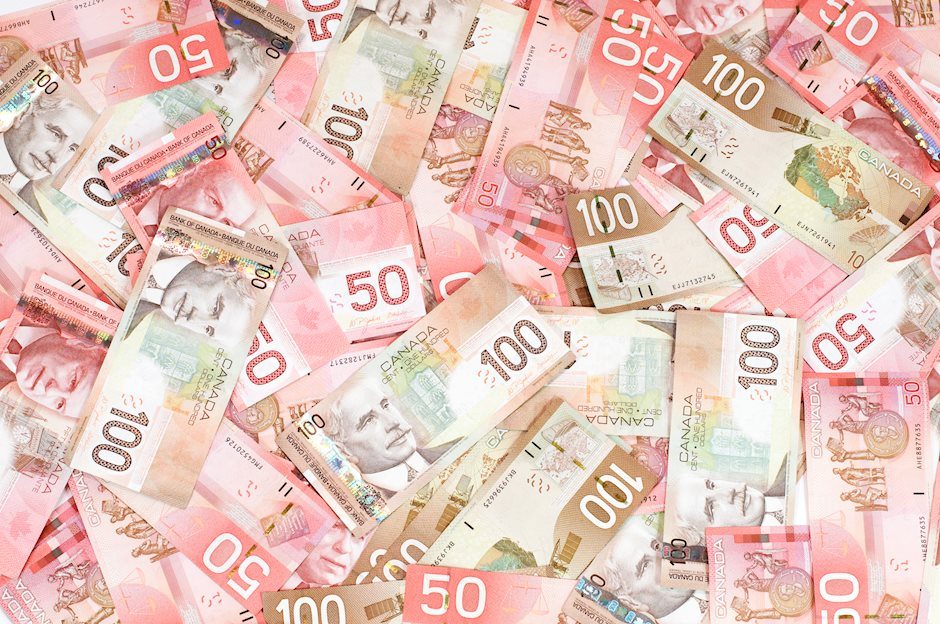USD/CAD Price Analysis: Bulls taking control and eye significant correction
- USD/CAD bulls 38.2% ratio as first stop.
- Beyond daily resistance, bulls eye the1.3560s.

USD/CAD is been in the hands of the bulls at the start of the week while the yield on benchmark government debt climbed and despite a surprise in the US economic data front. Nevertheless, the technical outlook remains bullish as for the following analysis:
USD/CAD daily chart
The market swept the equal lows and subsequently, bulls moved in at a discount at the end of the three-day drop. This has occurred while an M-formation has been left on the charts. The bulls look to the Fibonacci scale whereby the 38.2% ratio meets with the prior structure and offers a compelling target for the bulls.
USD/CAD H1 chart
On the hourly chart, The price is sideways and bulls need to get above 1.3460 to break the resistance structure. In doing so, there are prospects of a move all the way through the 38.2% ratio into the 1.3560s.
Author

Ross J Burland
FXStreet
Ross J Burland, born in England, UK, is a sportsman at heart. He played Rugby and Judo for his county, Kent and the South East of England Rugby team.


















